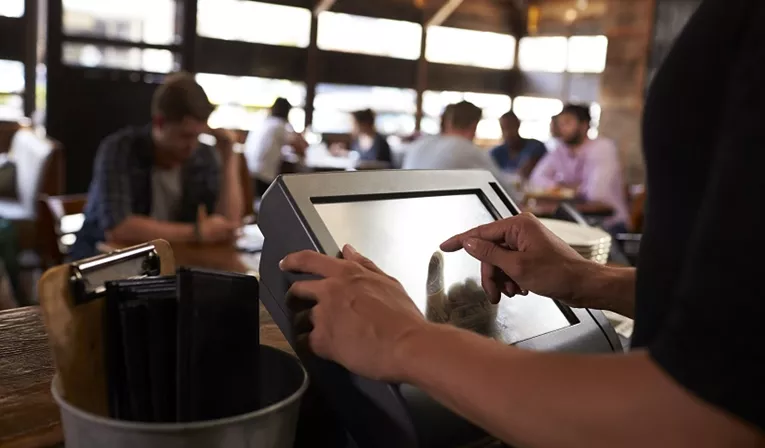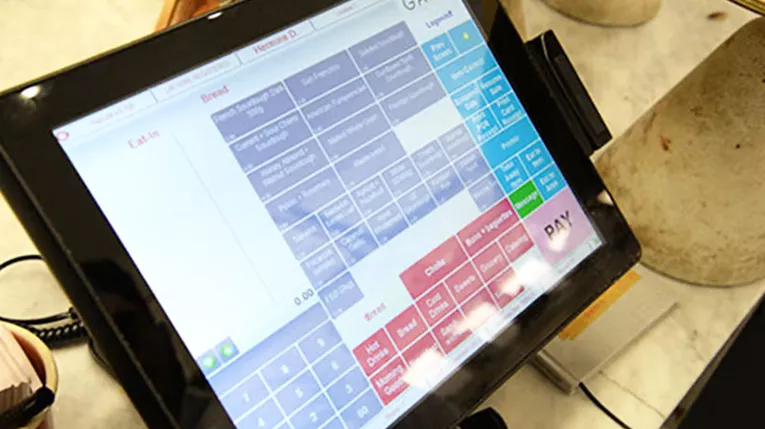The Procure-to-Pay process – Everything you need to know
The larger your business grows, the more stressful the procure-to-pay process will be if you don’t have a dedicated P2P software solution in place. As your business grows, without a system in place to manage the entire P2P process, the more moving parts there are, meaning the more things that can go wrong.
Here we’re going to discuss all you need to know about the procure-to-pay P2P process, as well as the benefits, challenges, and solutions associated with P2P.
Procure-to-pay process definition
Procure to pay, often referred to as purchase to pay, or P2P is the entire process an organisation goes through to acquire the goods and services they need to do business.
The step-by-step guide of the procure-to-pay process is explored later in this article.
The procure-to-pay cycle begins with identifying what goods and services are needed and ends with a completed invoice. It is important to note that the procure-to-pay process ends here, but the procurement process includes going beyond this stage to ensure both the purchaser and supplier are happy with the transaction. The reason it’s important to ensure both parties are happy is that supplier relationships are important to the procurement cycle.
Steps of an effective procure-to-pay process flow
1. Identifying needs
The first step in the procure-to-pay process is identifying what raw materials, goods, or services you need to carry out business. For example, when you go to the supermarket before making your dinner, the first step is to consider what ingredients you must purchase in order to make the dinner that evening.
2. Purchase requisition
Purchase requisitions can be simply described as putting the identified needs on paper. This step includes filling out a purchase requisition form, which is a form filled out by employees stating the items and quantities needed for each good or service.
3. Purchase requisition approval
If any internal approvals of purchase requisitions need to be made by management before the purchase order is placed, this is when it happens.
4. Purchase order (PO)
After purchase requisitions have been approved, a purchase order is placed with the specific amounts and delivery requirements. The purchase order is a formal request that is sent to the appropriate vendor.
Purchase orders can be accepted, rejected, or negotiated by vendors. Once they accept the purchase order it activates a legally binding contract.
5. Goods receipt
Once the goods or materials are delivered, the purchaser must inspect to make sure the delivered item matches the original purchase order and the supplier satisfied the contract compliance.
It is important to check and approve all items delivered upon delivery because if items are missing or broken it is much more difficult to receive a refund at a later stage.
6. Supplier performance
After the supplier delivers the goods, their performance is evaluated on a number of factors such as quality, service, contract compliance, responsiveness, and whether or not it was an on-time delivery.
7. Invoice received
The vendor submits an invoice to the purchaser. The invoice is entered into the system to be reviewed by the accounts payable department. Automated systems for P2P usually support electronic invoicing through vendor portals.
8. Invoice reconciliation
The vendor invoice is reconciled against the original purchase order and another document to ensure everything matches and it’s all set to be paid. This is to clarify that the goods were delivered as ordered and billed accordingly.
Automated systems will facilitate three-way matching comparing invoices to PO’s and receiving documents. Items that don’t match in the three-way matching process are flagged for investigation.
9. Vendor payment
After invoice matching, the approved invoice is sent from the finance team to the accounts payable team to make the payment.
Some suppliers may negotiate early payment discounts, or even late fees, with procurement teams.
P2P best practices and its benefits
Best practices of P2P
Having a structured P2P process has many advantages, but these only arise when the best practices are being used by all involved in the process. The best practices of P2P are as follows:
1. Install procure-to-pay software: As with all big business decisions, do your research and find out which software solution is best suited to your business.
2. Improve supplier engagement: Keep a high level of transparency with suppliers to maintain a healthy supply chain.
3. Optimize stock/inventory.
4. Streamline contract management.
Benefits of having P2P software
Some of the advantages of having P2P software include:
1. Reduced margin for error
2. Clear order flow from purchase orders to completed invoice
3. Saves time on admin tasks (no more manual data entry)
4. Facilitates a move to paperless invoicing
5. Reduced lifecycle times for purchase orders and invoice processing
6. Supply chain optimization
P2P challenges
For businesses not using a P2P system, the P2P process can be very time-consuming and allows a much higher margin of human error. Most organizations face their P2P challenges from not having a system in place, or not having a good system in place for that matter.
Many challenges businesses face using P2P systems are a direct result of the outdated procure-to-pay software they use. There are a lot of procure-to-pay software solutions being used that don’t meet the needs of businesses today. Using these outdated inefficient software solutions can prove to be costly and time-consuming for users.
A common challenge that faces procuring to pay software users comes down to not receiving sufficient training and support from the software provider. As with almost all new software or platforms, not providing sufficient training on how to use it creates massive barriers for its users.
Procure-to-pay solution
It is growing increasingly clearer in the public eye that acquiring an intuitive procure-to-pay system is an investment for your business. Top-of-the-range P2P systems help organizations improve their spend management which allows them to gain more control over their costs.
It is estimated that by 2025, over 50% of businesses worldwide will be using a cloud-based P2P software solution. Each industry has different P2P systems that are best suited to that specific industry.
Access Procure Wizard – P2P Software
Access Procure Wizard is Ireland’s leading provider of purchase-to-pay software for the hospitality sector. For hotels, restaurants, and bars in Ireland and Northern Ireland, this is the answer to all their P2P issues.
Access Procure Wizard is an intuitive purchase-to-pay system that allows organizations to improve overall efficiencies. This is a customizable system that highlights savings opportunities within your nominated supplier product listing.
This P2P system protects your bottom line even through inflation by giving users full visibility over your expenditure. It also puts users in control of price increases as all price increases on the system must be approved by the user.
This cloud-based system will allow you to go 100% paperless with invoices and will result in a 5% increase in invoice-to-credit ratio. It also seamlessly integrates with accounting software and other solutions your business uses.
To find out more, book a completely FREE demonstration of Access Procure Wizard procurement software.








